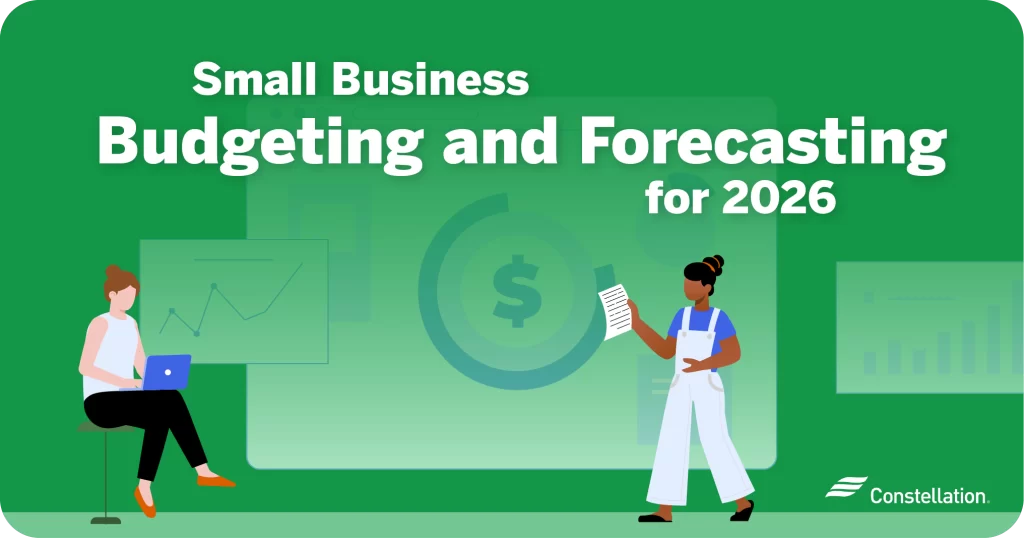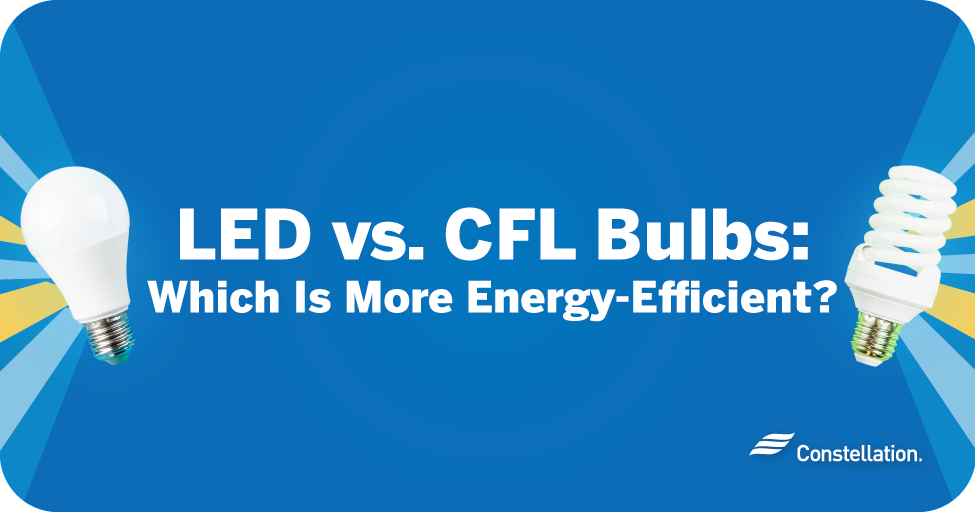
- Category:
Energy Efficiency -
Last updated:
April 5, 2024
LED vs. CFL Bulbs: Which Is More Energy-Efficient?
Confused about choosing between CFL bulbs vs. LED bulbs? Since 2014, government regulations have been pushing consumers to replace familiar incandescent light bulbs with more energy-efficient compact fluorescent lamps (CFL) and light-emitting diode (LED) bulbs, but which is better?
Advances in both CFL and LED technologies have expanded consumer choice — yet make evaluating your options a little more complex. Knowing how different kinds of light bulbs stack up against each other will help you not only get the right lighting for any given space but also save energy in the process.
Understanding energy-efficient light bulbs
When considering whether to use a CFL vs. an LED bulb to replace an incandescent, it helps to understand the differences in the three major light bulbs:
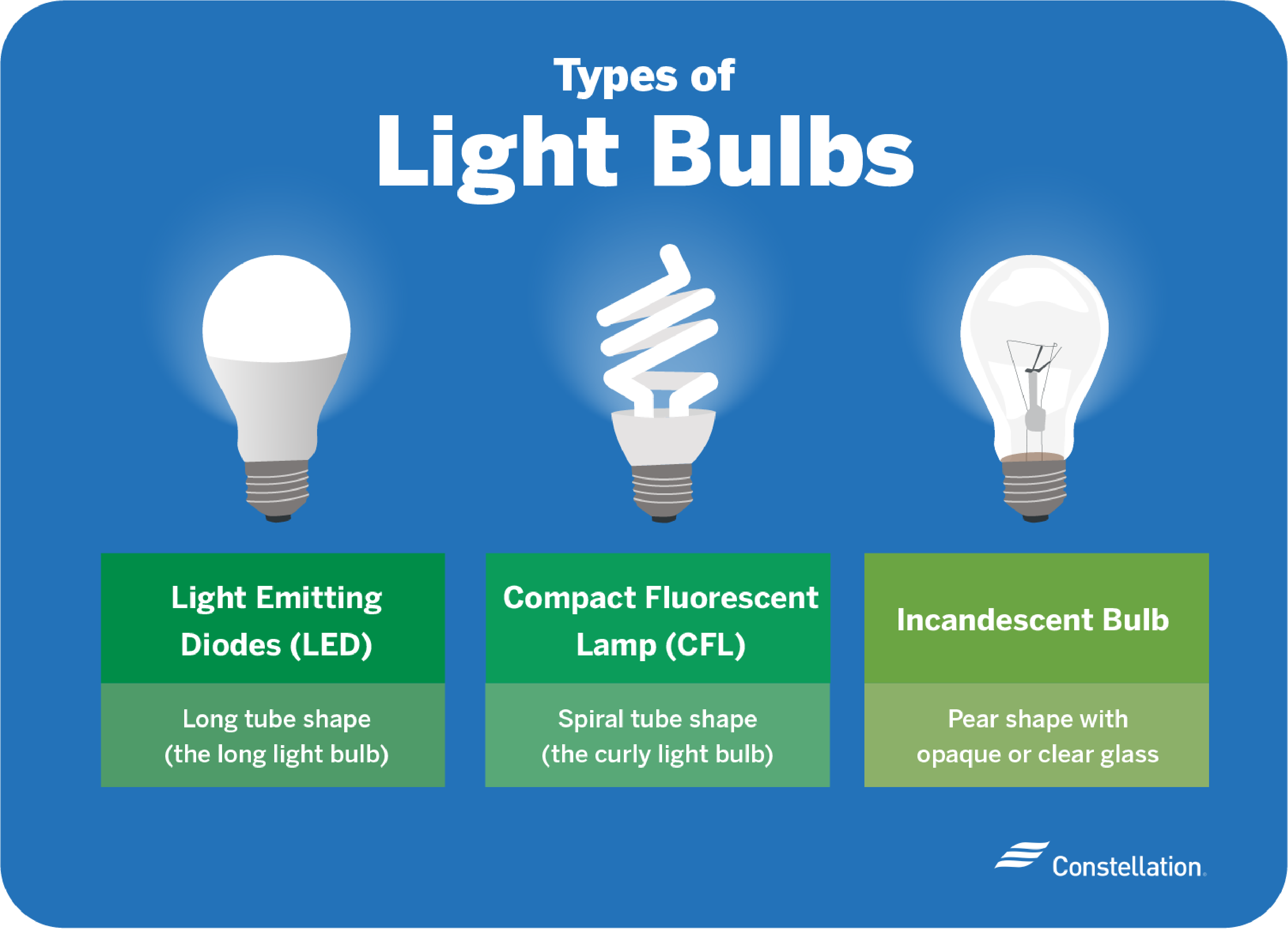
- Incandescent light bulbs are the familiar pear-shaped or round screw-in light bulbs that have been marketed since Thomas Edison perfected the carbon filament bulb in 1879.
- CFL (compact fluorescent lamp) light bulbs are most commonly recognized as a spiral or a swirly tube connected to a screw-in ballast or base.
- LED (light-emitting diode) light bulbs are a newer technology. Once only available as a longish tube, LED bulbs now come in nearly every shape and size, including flexible ropes for decorating modern spaces.
What is an incandescent light bulb?
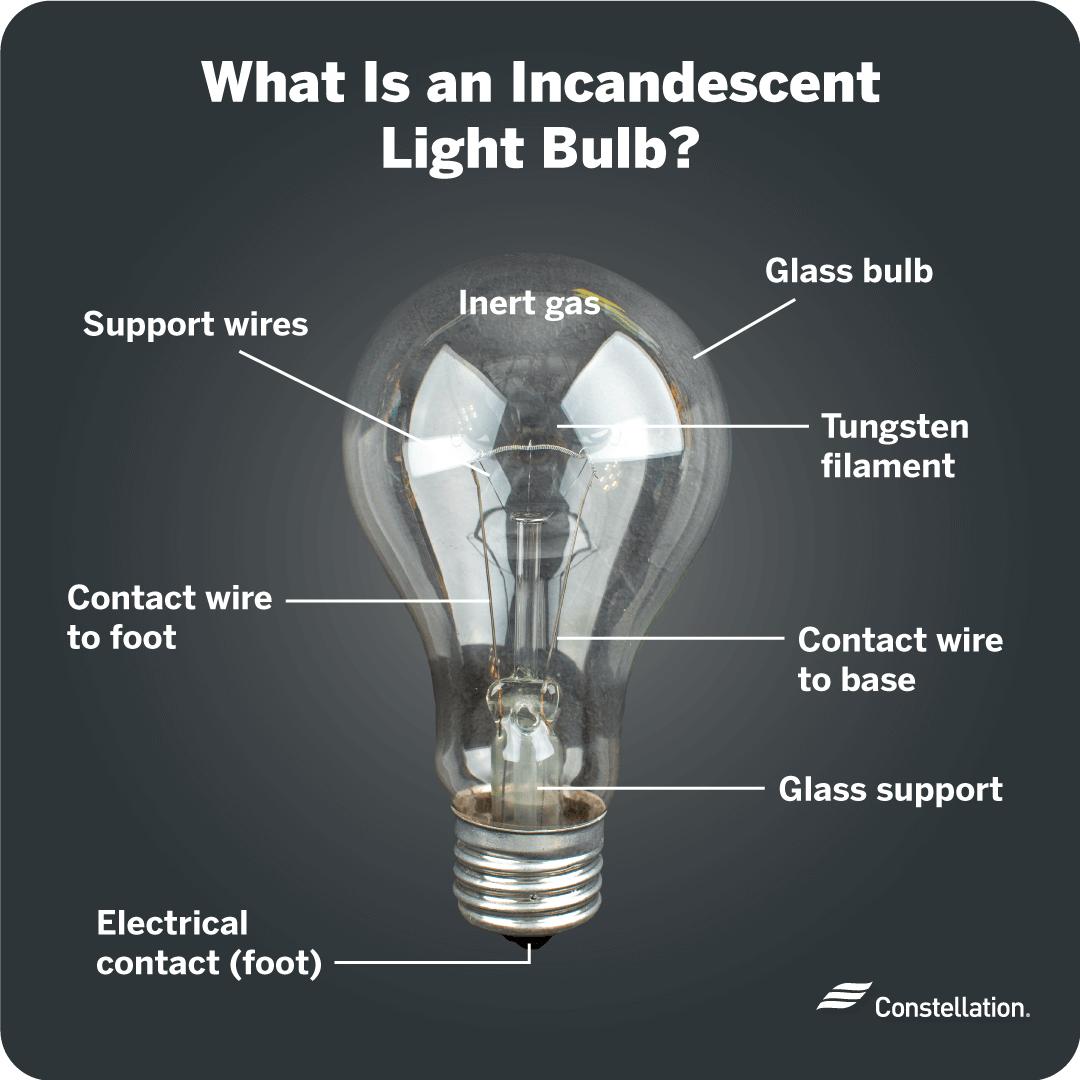
An incandescent bulb works through a process called incandescence where the electrical current passes through the filament and gets so hot it causes the bulb to glow. The filament is typically made of tungsten due to its conductivity, electrical resistance, strength and other ideal properties. Unfortunately, incandescent light bulbs are considered inefficient because the majority of their energy is lost as heat. About 95% of the incandescent light bulb’s energy is wasted as heat, with only 5% of it going toward the production of light (MIT News). Incandescent light bulbs are still manufactured and sold in many shapes including standard sizes, tubes, reflectors, flame-like short or extended candles, globes, and many other decorative or functional light bulb styles.
What is a CFL?
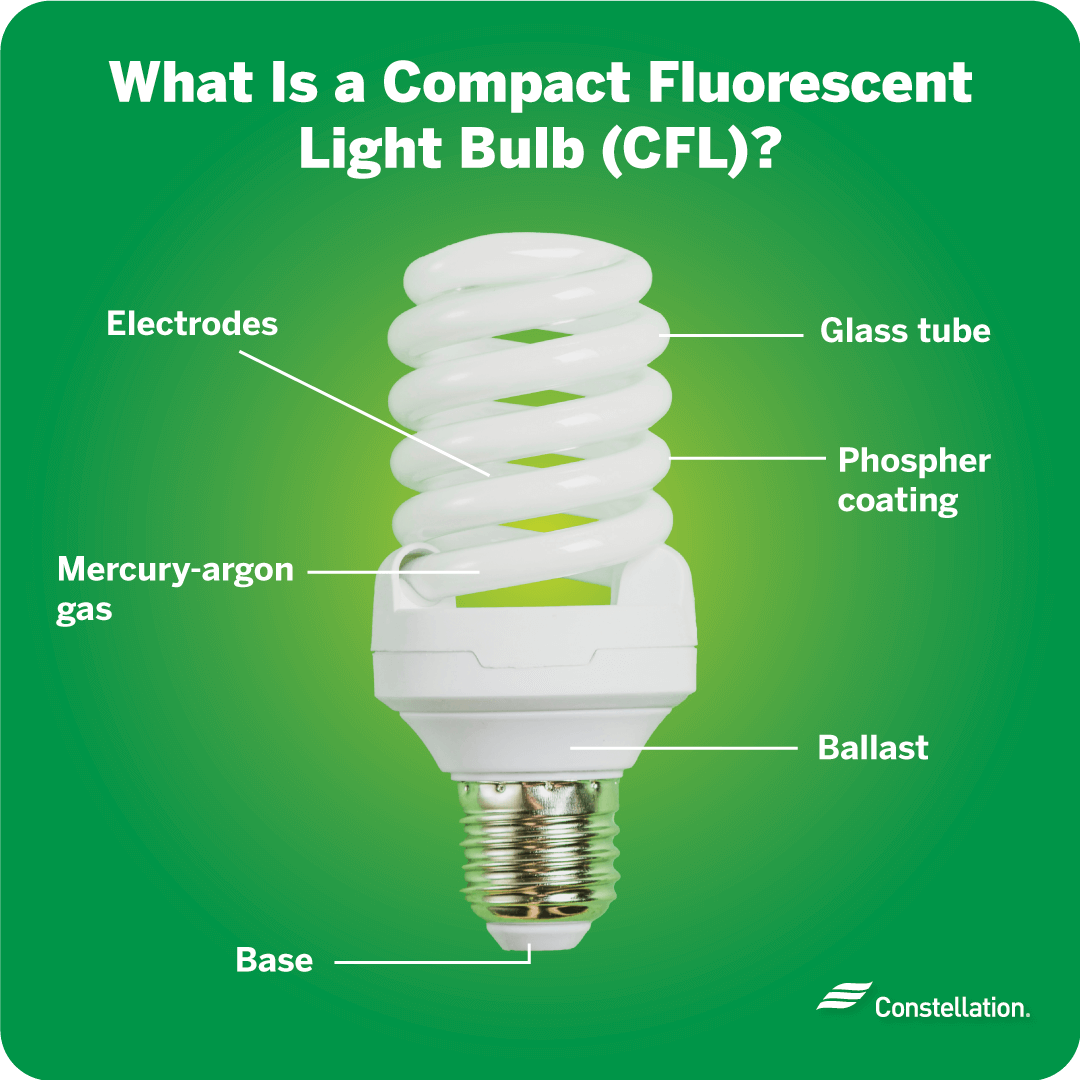
A compact fluorescent lamp (CFL) is a type of light bulb that works by creating an electric current that excites mercury vapor in the fluorescent coating of the CFL bulb’s tube, which produces ultraviolet light that causes a phosphor coating on the inside of the lamp to glow, producing visible light. The reaction takes between three and 30 seconds to start, which is why you experience a delay when you first turn on a CFL light. When first sold, CFLs were known for their 25%-35% energy savings over traditional, incandescent light bulbs.
Newer lighting technology has developed multiple CFL bulb shapes in addition to the most recognized curly light bulb shape. According to ENERGY STAR®, CFL light bulbs are manufactured and sold in spiral, A-shaped, globes, tubes, flame-like candles, posts or “bug lights”, indoor and outdoor reflectors and more.
What is a LED?
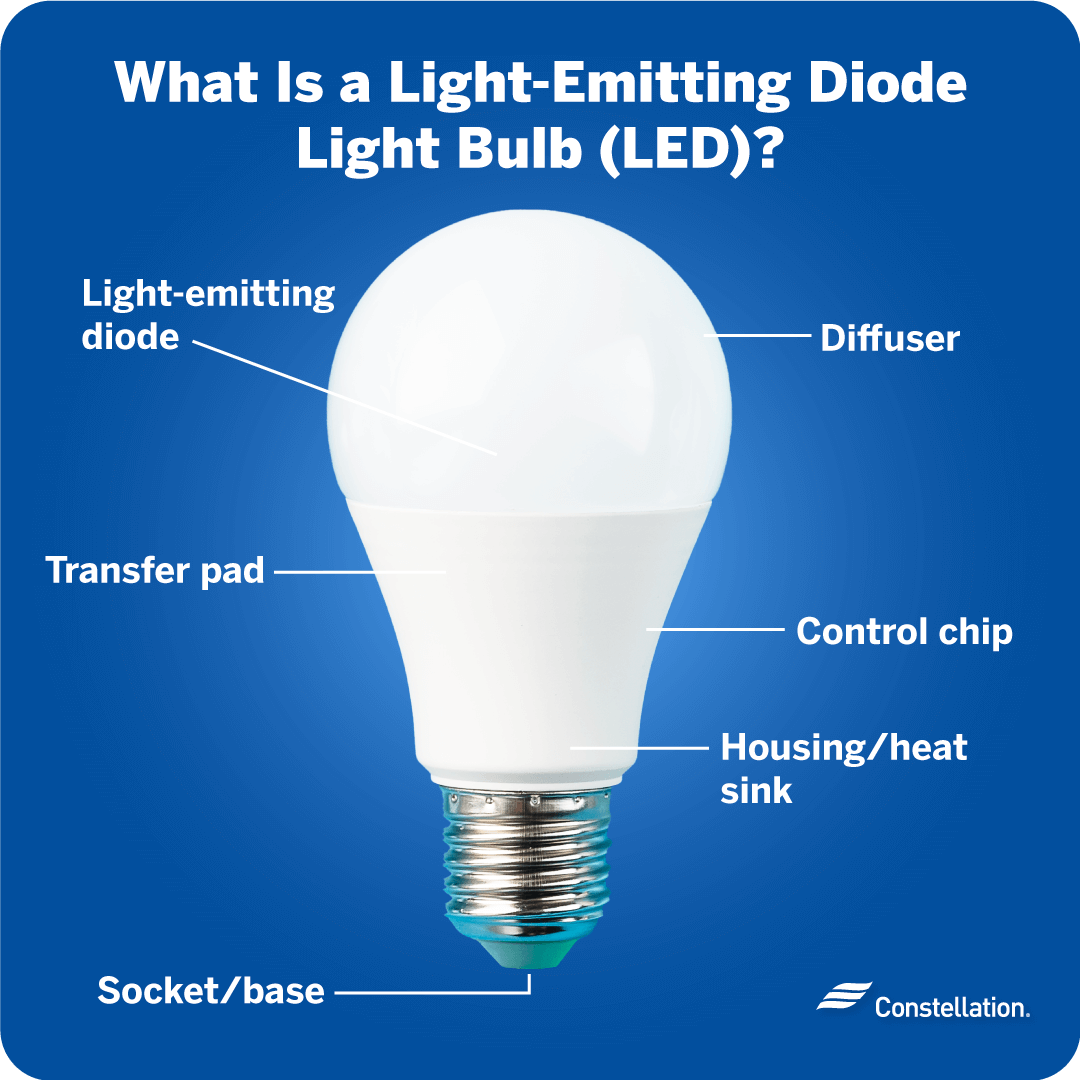
A light-emitting diode (LED) bulb works by energy passing through a semiconductor in a way that produces visible light through electroluminescence. Similar to CFLs, LEDs come in many shapes and sizes for different purposes.
CFL vs. LED bulbs
In the CFL vs. LED battle for energy efficiency, lifespan and cost, the winner is the LED bulb.
We’ve come a long way in energy-efficient light bulb technology. While incandescent bulbs remain on the market for now, the benefits of newer technology are driving the switch to LED bulbs. To understand the advantages of LED bulbs vs. CFL, or even incandescents, it helps to know a little bit about how they work.
Which is more energy-efficient: CFL vs. LED?
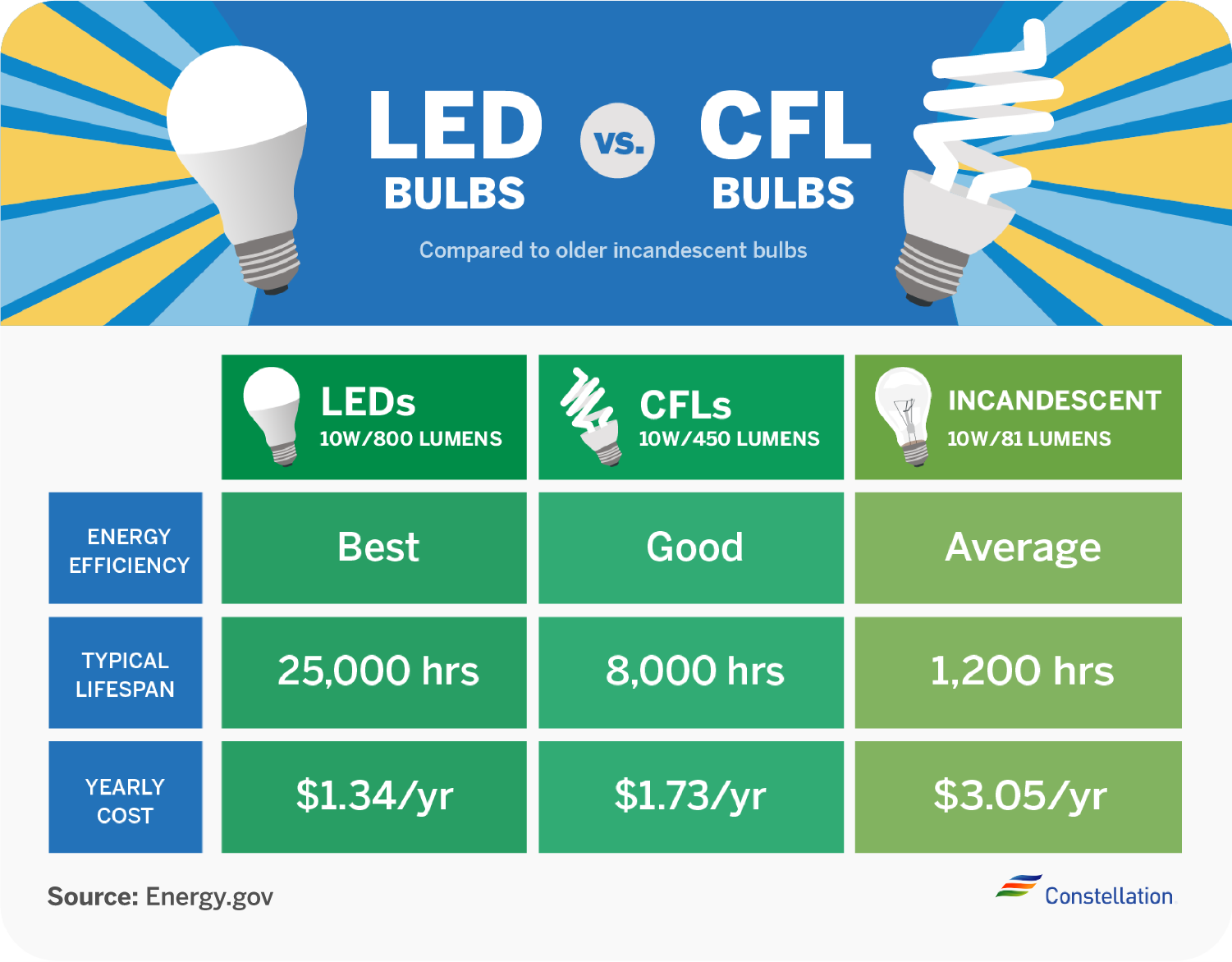
LED bulbs are much more energy-efficient than CFL or incandescent bulbs. They are hands down the best smart light bulb to use with your smart home system.
When comparing CFL vs. LED bulbs, LEDs with an ENERGY STAR® rating cut your home’s energy use by 75% in comparison to CFL light bulbs. Both technologies are used in energy-efficient dimmer light bulbs.
Did you know? By 2027, widespread use of LEDs could save about 348 TWh of electricity, according to Energy.gov. That is the annual electrical output of 44 1,000-megawatt electric power plants and represents a savings of more than $30 billion at today’s electricity prices.
How much heat do CFL and LED bulbs give off?
LED efficiency is best because the bulbs waste very little energy on heat, concentrating electricity on the production of light. Incandescents waste the most energy. CFLs are not all that much better, releasing 80% as heat.
LED or CFL: Which bulbs last longer?
LED bulbs last longer than CFL bulbs. With 25,000 or more hours of life, an LED handily beats the CFL bulb’s and incandescent bulb’s averages of 8,000 hours and 1,200 hours, respectively. Comparing CFL vs. LED bulbs, LEDs last much longer.
Did you know? The LED holiday lights you buy today will still be brightening the season 40 years from now, according to Energy.gov.
What kind of light do LED and CFL bulbs emit?
Light from LED bulbs is intrinsically directional, making it perfect for task lighting. LEDs can be beamed to focus as downlights in kitchens, offices and bathrooms. Because they don’t get hot, LEDs are safer for use in tight spaces like closets and are more energy-efficient in refrigerators and other appliances.
Did you know? At least 600 million recessed downlights are used in U.S. homes, with more than 20 million sold each year. The Department of Energy also estimates switching to CFL and LED bulbs in these fixtures could decrease downlight wattage use by 75% or more.
The difference between lumens and watts
Understanding the difference between lumens and watts can help when you evaluate your choices. Choosing light bulbs based on energy used measured in wattage is the familiar way to shop.
With advanced LED and CFL bulbs, however, the amount of energy used isn’t as important as the amount of light (lumens) provided. Manufacturers are labeling bulbs to make it easier to compare LED vs. CFL bulbs and choose the bulb that gives you the amount of light you need.
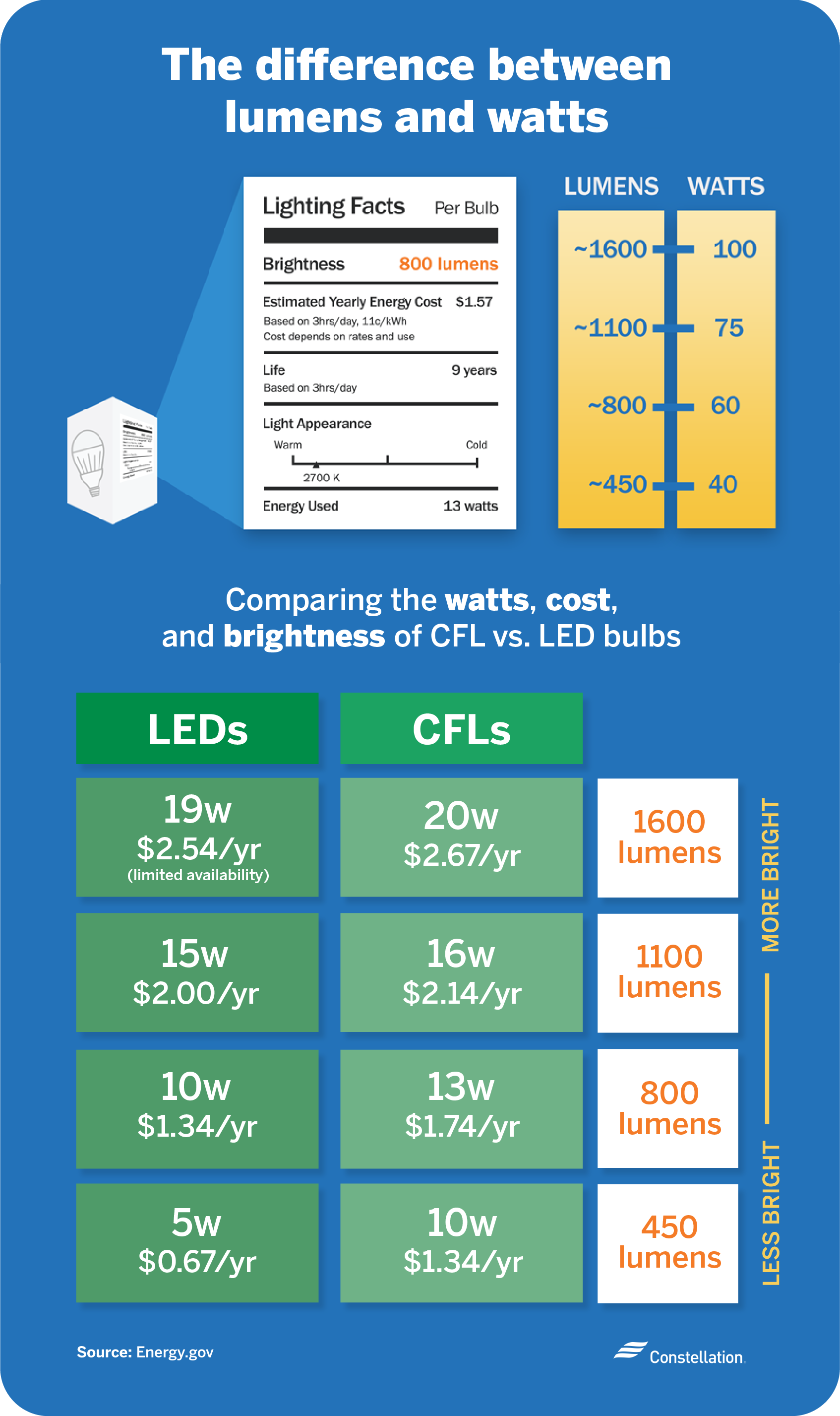
This chart can help make changing from watts to lumens easier. We match the watts you’re familiar with against the ultimately more useful lumens metric. More lumens equals more brightness. When replacing incandescent bulbs, here’s a quick breakdown of how wattage translates to lumens:
- Replace a 100-watt incandescent bulb with a 1,600-lumen bulb.
- Replace a 75-watt incandescent bulb with an 1,100-lumen bulb.
- Replace a 60-watt incandescent bulb with an 800-lumen bulb.
- Replace a 40-watt incandescent bulb with a 450-lumen bulb.
Choosing the right light temperature
The last thing to consider is the temperature of the light emitted by different kinds of light bulbs. Light temperature, often seen as color, is measured on the Kelvin (K) scale.
The lower the Kelvin temperature, the redder the light. The higher the Kelvin temperature, the bluer the light appears. Candlelight is on the red end of the spectrum at about 1,900 K. Incandescent lights average 2,800 K. The daylight sun is about 4,800 K. LED and CFL light bulbs use filters to offer a range of light colors to fit the desired feel of a room or to support a room’s purpose.
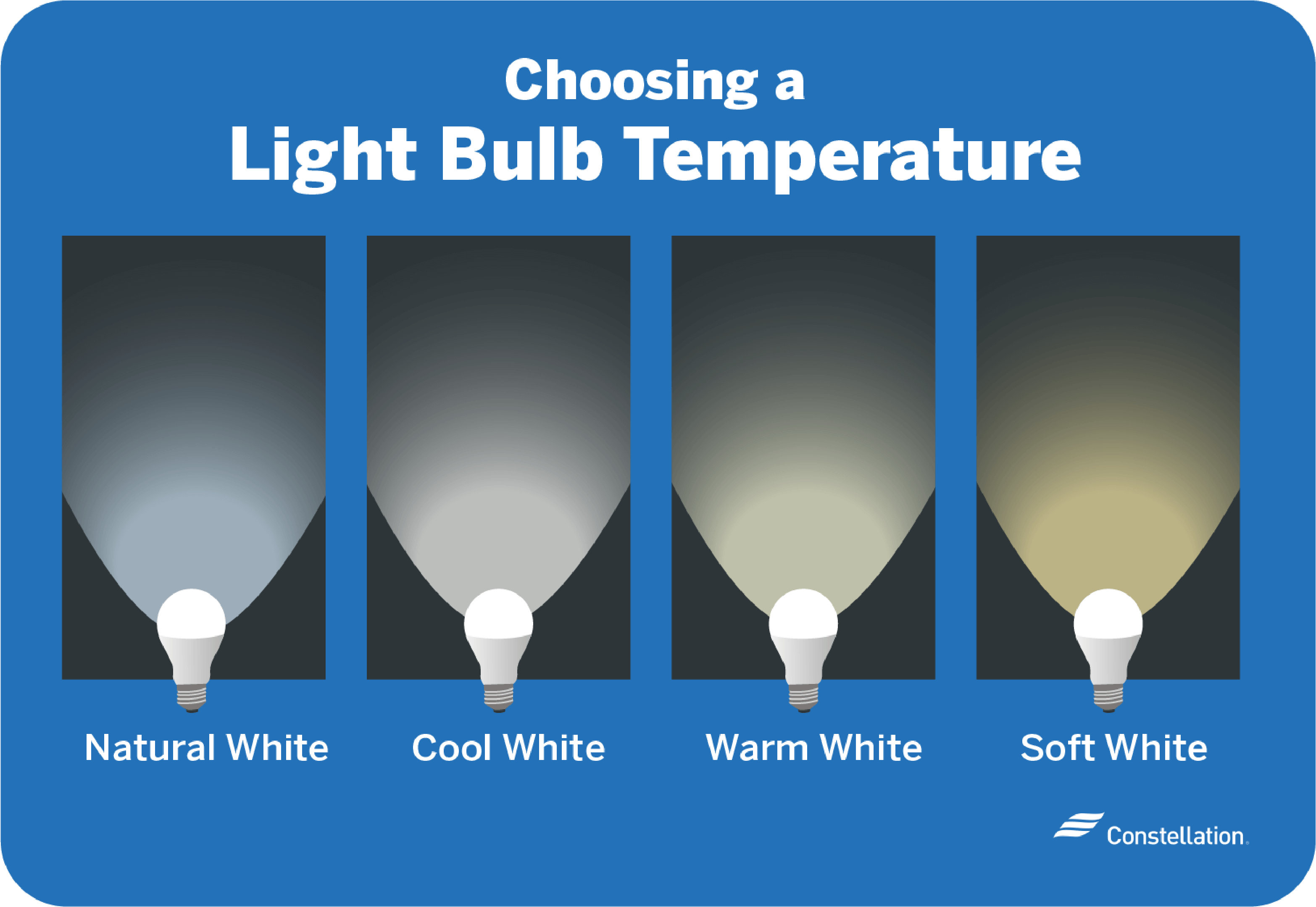
Warm light bulbs range between 2,700 K and 3,000 K and are comfortable for most living spaces. Cool, bright bulbs range between 3,500 K and 4,100 K and are good for brightening workspaces like kitchens and laundry rooms.
Natural daylight bulbs measure from 5,000 K to 6,500 K and are a bit too harsh for home fixtures. They are often used in commercial spaces and hospitals.
Moving toward energy-efficient light bulbs in your home
You have more choices than ever when it comes to lighting your home. And many of the best options are also energy efficient. Along with cutting energy use, they offer durability and brightness, in shapes, sizes and colors for any application. If you haven’t made the move from incandescent, now is the time. Regulations aim at forcing you to change; better lighting choices make you want to.



